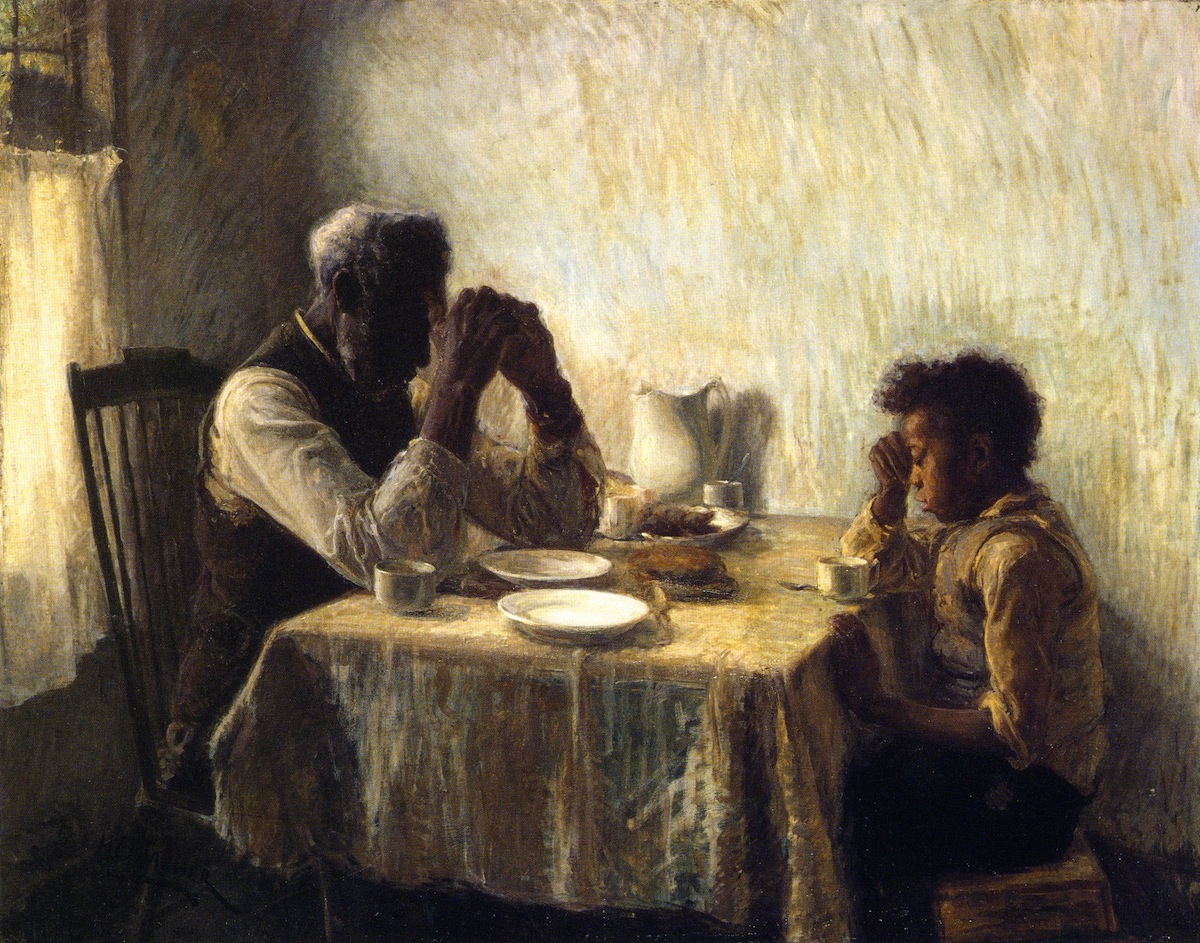Black Lightning
Superstar

Esteemed poet Gwendolyn Brooks, winner of the 1950 Pulitzer Prize in Poetry - the first African-American to be honored with that award in any category.

Breh kinda look like Pharrell.
Barzillai Lew: Also, known as “Zeal,” was born in 1743 to free-black parents in Massachusetts. He served with distinction during the Revolutionary War as a soldier, fifer, and drummer. Prior to the Revolutionary War, he was a fifer in Captain Thomas Farrington’s Company with the English forces and was probably present at the capture of Montreal, Canada by the British. When the Revolutionary War began, he enlisted in Captain John Ford’s Company, 27th Regiment. He fought at the Battle of Bunker Hill – one of the most important battles in the Revolutionary War but lesser known about the Battle are the dozens of African-Americans, including Lew, that fought. And, in 1777, Lew joined Captain Joseph Bradley Varnum’s militia. After the war, Lew returned to his farm which he purchased with his earned wages and worked also as a cooper. He and his family (his wife and children) were well-known musicians. He died in 1822 and his wife, Dinah Lew, petitioned and did receive from Massachusetts a pension for Lew’s military service during the Revolutionary War.






Henry Ossawa Tanner was an American painter who frequently depicted biblical scenes and is best known for the paintings "Nicodemus Visiting Jesus," "The Banjo Lesson" and "The Thankful Poor." He was the first African-American painter to gain international fame.
Synopsis
Henry Ossawa Tanner was born in Pittsburgh, Pennsylvania, on June 21, 1859. As a young man, he studied at the Pennsylvania Academy of the Fine Arts. In 1891, Tanner moved to Paris, and after several exhibits, gained international acclaim—becoming the first African-American painter to receive such attention. "Nicodemus Visiting Jesus" is one of his most famous works. He's also known for the paintings "The Banjo Lesson" and "The Thankful Poor." Tanner died in 1937 in Paris, France.
Early Life
A pioneering African-America artist, Henry Ossawa Tanner was born on June 21, 1859, in Pittsburgh, Pennsylvania. The oldest of nine children, Tanner was the son of an Episcopal minister and a schoolteacher.
When he was just a few years old, Tanner moved with his family to Philadelphia, Pennsylvania, where he would spend most of his childhood. Tanner was the beneficiary of two education-minded parents; his father, Benjamin Tanner, had earned a college degree and become a bishop in the African Methodist Episcopalian Church. In Philadelphia, Tanner attended the Robert Vaux School, an all-black institution and of only a few African-American schools to offer a liberal arts curriculum.
Despite his father's initial objections, Tanner fell in love with the arts. He was 13 when he decided he wanted to become a painter, and throughout his teens, he painted and drew as much as he could. His attention to the creative side was furthered by his poor health: After falling significantly ill as a result of a taxing apprenticeship at a flourmill, the weak Tanner recuperated by staying home and painting.
Finally, in 1880, a healthy Tanner resumed a regular life and enrolled at the Pennsylvania Academy of the Fine Arts. There, he studied under Thomas Eakins, an influential teacher who had a profound impact on Tanner's life and work.
Tanner ended up leaving the school early, however, and moved to Atlanta, Georgia, where he would teach art and run his own gallery for the next two years.
In 1891, Tanner's life took a dramatic turn with a visit to Europe. In Paris, France, in particular, Tanner discovered a culture that seemed to be light years ahead of America in race relations. Free from the prejudicial confines that defined his life in his native country, Tanner made Paris his home, living out the rest of his life there.
Artistic Success
Tanner's greatest early work depicted tender African-American scenes. Undoubtedly his most famous painting, "The Banjo Lesson," which features an older gentleman teaching a young boy how to play the banjo, was created while visiting his family in Philadelphia in 1893. The following year, he produced another masterpiece: "The Thankful Poor."
By the mid-1890s, Tanner was a success, critically admired both in the United States and Europe. In 1899, he created one of his most famous works, "Nicodemus Visiting Jesus," an oil painting on canvas depicting the biblical figure Nicodemus's meeting with Jesus Christ. For the work, he won the Pennsylvania Academy of the Fine Arts' Lippincott Prize in 1900.
Also in 1899, Tanner married a white American singer, Jessie Olssen. The couple's only child, Jesse, was born in 1903.
Throughout much of the rest of his life, even as he shifted his focus to religious scenes, Tanner continued to receive praise and honors for his work, including being named honorary chevalier of the Order of the Legion Honor—France's most distinguished award—in 1923. Four years later, Tanner was made a full academician of the National Academy of Design—becoming the first African-American to ever receive the distinction.
Death and Legacy
Henry Ossawa Tanner died at his Paris home on May 25, 1937.
In the ensuing years, his name recognition dipped. However, in the late 1960s, beginning with a solo exhibition of his work at the Smithsonian, Tanner's stature began to rise. In 1991, the Philadelphia Museum of Art assembled a touring retrospe




Thomas "Blind Tom" Wiggins (May 25, 1849 – June 14, 1908) was an African American musical prodigy on the piano. He had numerous original compositions published and had a lengthy and largely successful performing career throughout the United States. During the 19th century, he was one of the best-known American performing pianists. Although he lived and died before autism was recognized, he is now regarded as an autistic savant.






